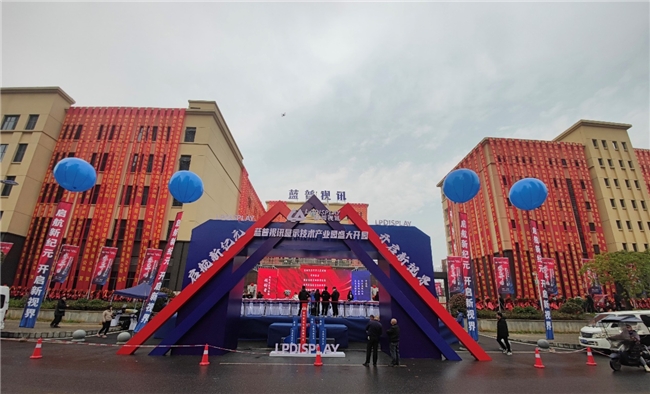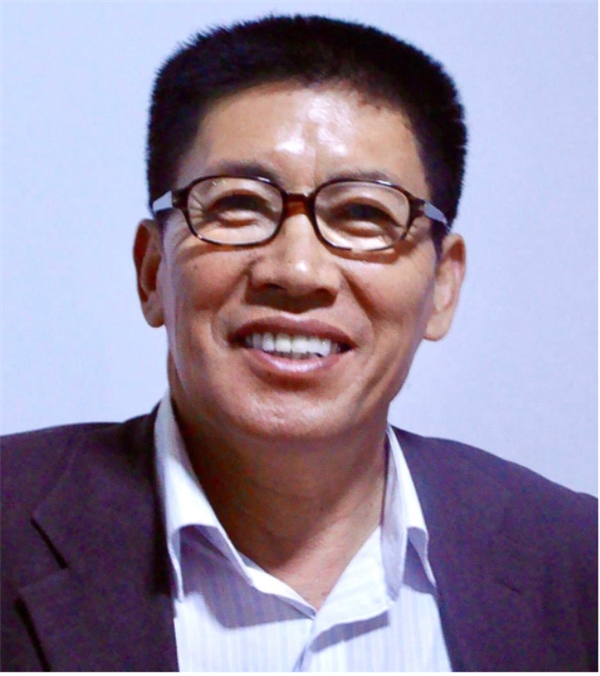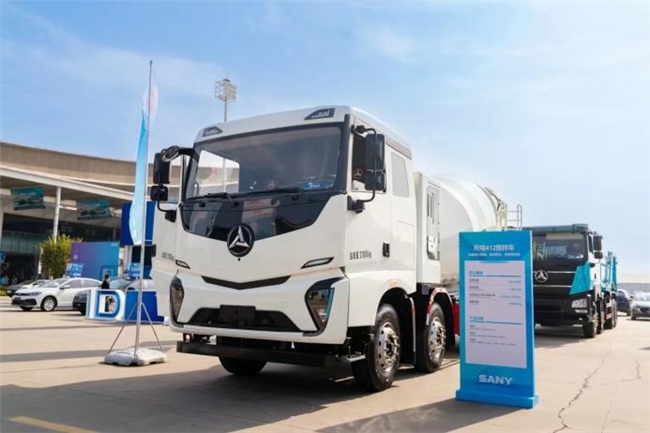Call drop can occur due to many reasons and is common in mobile networks across the world, Telecom Minister Ravi Shankar Prasad said Wednesday.
The minister however said that telecom service providers (TSPs) should ensure that call drop rate in their mobile networks remain within the benchmarks laid down by regulator Trai.
"Call drop in a mobile network can happen due to many reasons including characteristics of radio propagation for wireless communications, non-availability of sites due to acquisition problems, sealing of sites by local authorities due to fear of electro-magnetic fields from mobile radiations etc," Prasad said in a written reply in Lok Sabha.
He said call drop is common in mobile networks across the world with varying degree of occurrences.
According to Trai rules on quality of service, call drop rates in 90 per cent of mobile cell sites should be less than 2 per cent for 90 per cent of days during assessment period in a telecom circle.
Also, at least 90 per cent of cells in the network should perform better than specified 2 per cent benchmark on at least 90 per cent of days.
Prasad said the government has taken several initiatives to facilitate infrastructure growth including notification of Right of Way Rules 2016.
"About 14.95 lakh additional Base Transceiver Stations (BTSs) for 2G, 3G, 4G LTE services have been added by TSPs since March 2014 taking the total BTS count in the country to about 21.45 lakh in June 2019," he said.
The Department of Telecom has also started interactive voice response system wherein around 2.73 crore subscribers have been individually contacted since December 2016, out of which 38.3 lakh have participated in the survey.
"The feedback is shared with TSPs every week for taking corrective actions in a time bound manner.As a result, about 1 lakh individual cases of call drops have been resolved so far," Prasad said.




